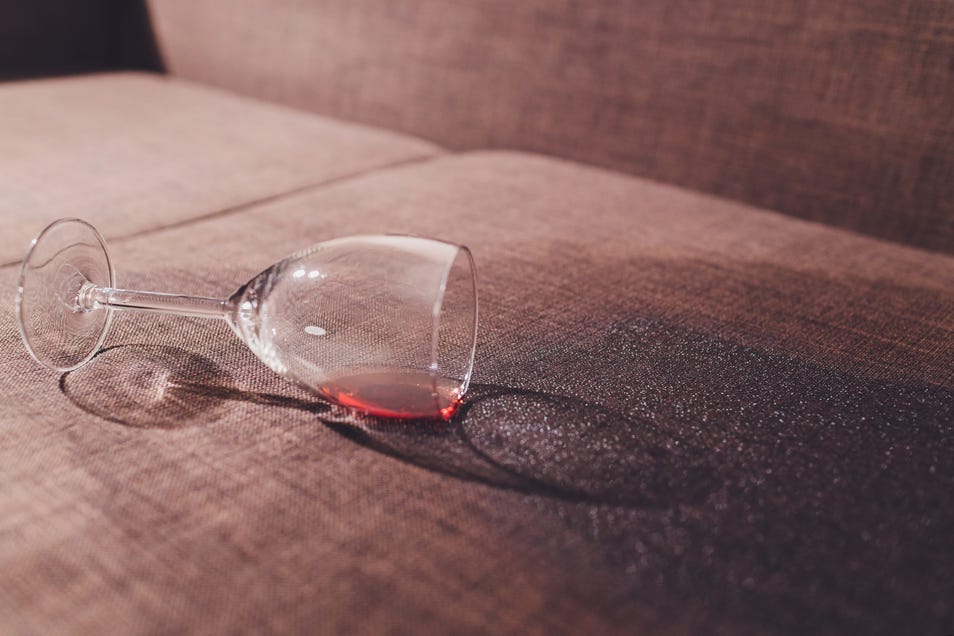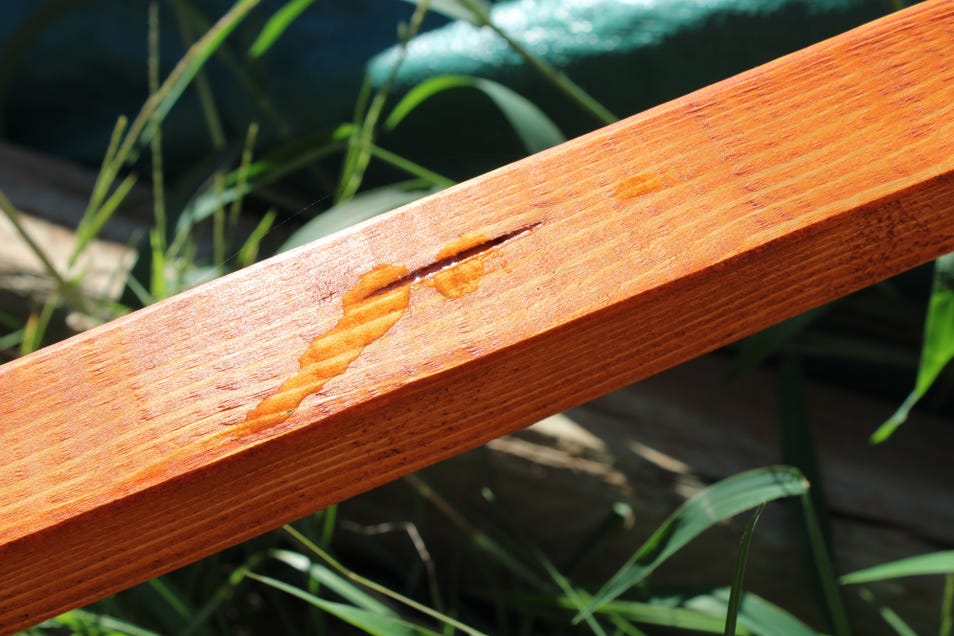Say Goodbye to Dust and Odours: How to Wash Pillows the Right Way
Discover how to wash pillows without damaging the fabric or fill. Follow our simple guide to clean pillows in the washing machine or by hand and keep them dust- and odour-free year-round.
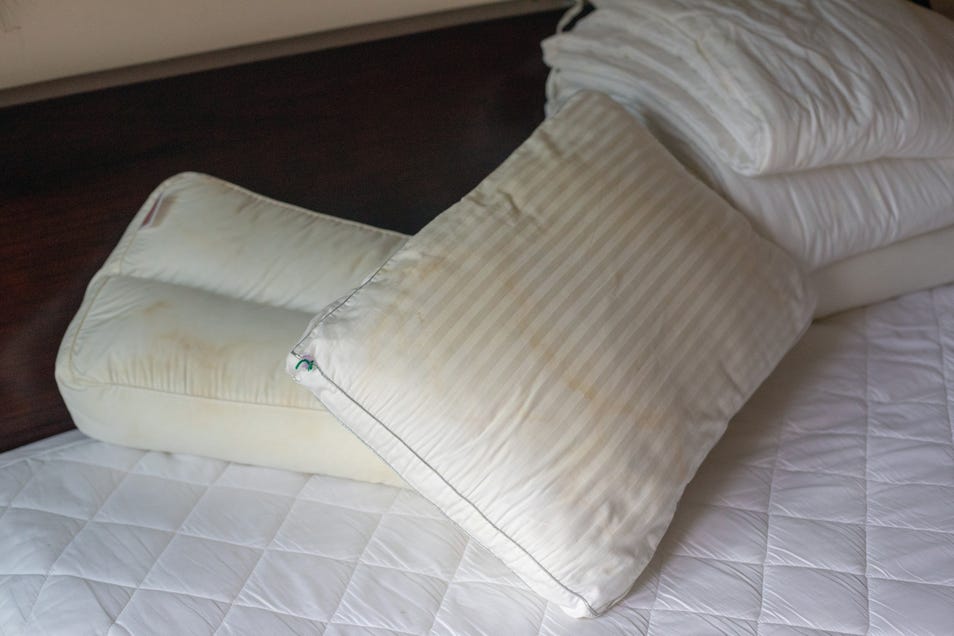
Pillows are more than just headrests; they silently absorb dust, sweat, skin cells, and odours with daily use. Despite being essential to sleep quality, they're often neglected in regular cleaning routines. Over time, this build-up can lead to discomfort, hygiene concerns, and even allergies.
If your pillows feel heavy, smell musty, or lack their original fluff, it’s a sign they need more than just a new cover. Learning how to wash pillows properly can restore their comfort and cleanliness. With the right methods, you can extend their lifespan and maintain a sleep environment that’s fresh, healthy, and truly restful.
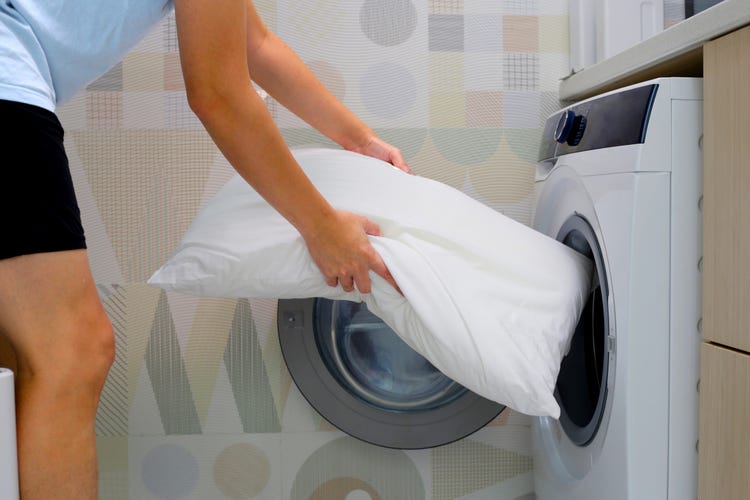
Why Washing Your Pillows Matters More Than You Think
It's easy to assume that a pillowcase is enough to protect your pillow. Unfortunately, that's not true. Over months of use, oils from your skin, bacteria, and even microscopic dust mites seep into the pillow's core. This build-up can contribute to allergies, acne, and disrupted sleep. Learning how to wash pillows isn't just about hygiene it's about improving your overall sleep quality.
Washing pillows properly also helps retain their shape and support, ensuring your neck and spine stay aligned night after night.
How Often Should You Wash Your Pillows?
Cleaning frequency will depend on your usage and the type of pillow you use. But as a general rule:
• Every 3–6 months: Standard schedule for most households
• Monthly: If you suffer from allergies or sweat heavily at night
• After Illness: To kill lingering bacteria or viruses
Set calendar reminders or pair pillow-washing with seasonal cleaning. If you’ve never learned how to wash pillows, now’s the perfect time to start.
Check the Care Label First
Before diving in, always read the care label. It tells you whether your pillow can go in a machine, needs hand washing, or is dry-clean only.
Here’s what you’ll typically find:
- Machine-washable: Most polyester and down alternative pillows
- Hand Wash Only: Some foam, latex, or hybrid material pillows
- Dry-clean Only: Speciality pillows with memory foam cores or stitched embellishments
Understanding these guidelines ensures you don’t unintentionally damage your pillow’s structure or void any warranty.
Best Methods for Washing Different Pillow Types
Different pillows require different care. Here’s a breakdown of how to wash the most common types:
- Feather and Down Pillows
These are generally safe to put in the washing machine, provided they're double-rinsed and dried properly. Always use cold water and a mild detergent. Avoid fabric softeners, which can strip fibres of their natural loft. - Polyester Pillows
These are the easiest to maintain. You can typically clean pillows in the washing machine using warm water and a gentle cycle. Two pillows at a time help maintain balance in the washer drum. - Memory Foam Pillows
These cannot go into the machine, as agitation can break the foam. Instead, follow the steps for how to hand wash a pillow.
Machine Washing vs Hand Washing: What Works Best?
Choosing between machine washing and hand washing depends on the material of your pillow and its care label. Each method offers distinct advantages for cleaning and longevity.
How to wash pillows in the washing machine?
For most synthetic or down alternative pillows, machine washing is safe and convenient.
Steps to follow:
- Check the Fabric: Confirm it's machine-washable on the care label
- Use Gentle Detergent: Avoid bleach and softeners
- Set Cycle: Use a delicate or gentle cycle with warm water
- Add Two Pillows: Balance the load and reduce machine stress
- Rinse Twice: Ensure all detergent is thoroughly removed
This is one of the most effective ways to clean pillows in the washing machine without ruining the fill or structure.
How to Hand Wash a Pillow?
Some pillows demand a gentler approach. If you’re wondering how to hand wash a pillow, here’s a safe and effective method.
Steps on How to Hand Wash a Pillow:
- Fill a large tub with lukewarm water and add a mild detergent
- Submerge the pillow fully and squeeze gently to allow water to penetrate
- Soak for 15–20 minutes to loosen embedded grime
- Rinse thoroughly until no soap remains
- Gently press water out; do not wring or twist
Hand washing a pillow may take more effort, but it’s essential for delicate foam or high-end cushions.
Drying Your Pillows Properly: Avoiding Lumps and Mildew
After you’ve mastered how to wash pillows, drying them properly is just as important.
Tips for proper drying:
• Use a dryer on low heat: Add clean tennis balls or dryer balls to help retain fluffiness
• Air dry in sunlight: If you don’t have a dryer, sunlight helps kill bacteria and remove lingering odours
• Avoid high heat: This can damage filling, especially in synthetic pillows
• Ensure pillows are fully dry: Any residual moisture can cause mildew or unpleasant smells
Never underestimate this step. Even if you know how to wash pillows in the washing machine, improper drying can undo your efforts.
Tips to Keep Pillows Fresh Between Washes
Knowing how to wash pillows is vital, but regular maintenance reduces the need for frequent deep cleaning.
How to Keep Pillows Fresh:
• Use zippered protectors: These create an additional barrier against dust and sweat
• Air out weekly: Sunlight and fresh air help reduce moisture and odour build-up
• Fluff daily: Keeps the pillow airy and prevents it from going flat
• Spot clean spills immediately: Don't let stains set in
• Sprinkle baking soda occasionally and vacuum after 30 minutes to deodorise
Integrating these tips into your routine will help keep your pillows fresh and perform well.
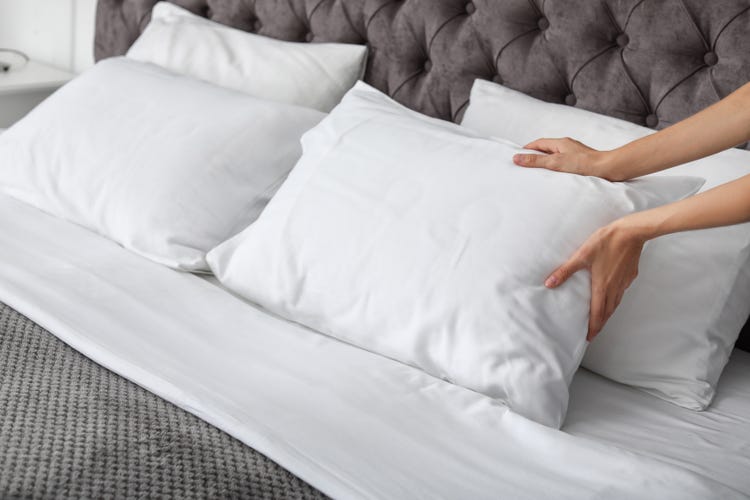
When is it Time to Replace Your Pillows Entirely?
Even if you're diligent about how to wash pillows, no pillow lasts forever. Over time, the fill degrades, the support flattens, and the hygiene deteriorates beyond cleaning.
Signs it's Time to Replace:
• The pillow no longer bounces back when folded
• Persistent odours despite washing
• Noticeable lumps or uneven filling
• Increased sneezing or allergies after use
As a rule of thumb, replace synthetic pillows every 1 to 2 years, and down or memory foam pillows should be replaced every 2 to 3 years, depending on how often you use them.
Fluff, Freshen, Repeat: The Pillow Care Routine You Need
Whether you sleep on a plush down pillow or a firm memory foam one, your pillow deserves more than just a fresh case. Learning how to wash pillows the right way can make a big difference in both hygiene and sleep quality. From knowing how to wash pillows in the washing machine to understanding how to hand wash a pillow, regular care keeps your sleep space clean, breathable, and odour-free.
Don't wait until your pillow smells or starts to sag. Clean it, dry it well, and enjoy a fresher night's sleep every night.
More Stain removal tip
How can you Effectively Remove Stains from Sofa Fabric?
Tired of stubborn stains on your sofa? Whether it's a coffee spill or tea mark, this guide offers easy and effective solutions to keep your sofa looking fresh. Just follow these simple steps, and you can make your sofa look as good as new in no time—no professional cleaning is needed!
![Sofa Fabric]()
How to Remove Sap Stains from Clothes Without Damaging the Fabric
Don’t let sticky tree sap ruin your outfit. Discover how to remove sap stains without damaging the fabric using safe, proven techniques.
![How to remove sap stains]()
